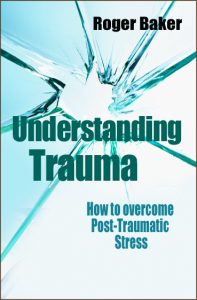
Emotional Processing Therapy refers to a range of therapies designed to:
1. help an individual explore their emotional processing style
2. encourage them towards a more fulfilling and open style of processing, and
3. apply this to significant (past or present) trauma or stress in their life in order to emotionally resolve the issues.
EPT involves the following steps;
a) Identifying the disturbing event or events that have not been emotionally processed. This may be obvious straight away such as the break-up of a relationship, a rape, loss of a limb, or may only emerge later in therapy, such as the gradual appearance of the impact of parental separation in childhood.b) Exploring and identifying the person’s emotional processing style, i.e. the typical ways they have reacted to stress, trauma or other emotionally significant situations. This involves identifying patterns in the person’s way of dealing with emotions, and their cultural and family styles of processing emotions.c) Administering the Emotional Processing Scale in order to identify their strengths and weaknesses in emotional processing and help formulate an appropriate treatment strategy. For instance, a person may be suppressing much of their emotional life and need to be encouraged to be less afraid of their emotions. Alternatively they may wrongly appraise their emotional feelings as physical or medical problems, suggesting a greater understanding of emotions is required.d) Applying programmes to help the person understand their emotional life better and move towards a more open style of emotional processing.e) Applying this improved understanding and more open style to significant unprocessed material e.g. unprocessed traumatic memories. This may involve changing an emotionally avoidant style to one of facing the traumatic memories in great detail, as in Prolonged Exposure Therapy.f) During this process of facing disturbing emotional events, many new understandings and connections usually emerge, helping the person understand the trauma and place in their life better. This aspect resembles person centred counselling.g) Continue to apply a more open style of processing in everyday life, beyond the therapy situation, so as to avert future psychological disturbance developing.Emotional Processing Therapy has been described in a journal article in “Counselling Psychology Quarterly” called ” Emotional Processing Therapy for Post Traumatic Stress Disorder by Baker, Gale, Abbey and Thomas in 2013 (http://www.tandfonline.com/doi/abs/10.1080/09515070.2013.816840 )
The emotional processing approach has been developed in three paperbacks on panic, post traumatic stress and what it means to have a healthy emotional life.



